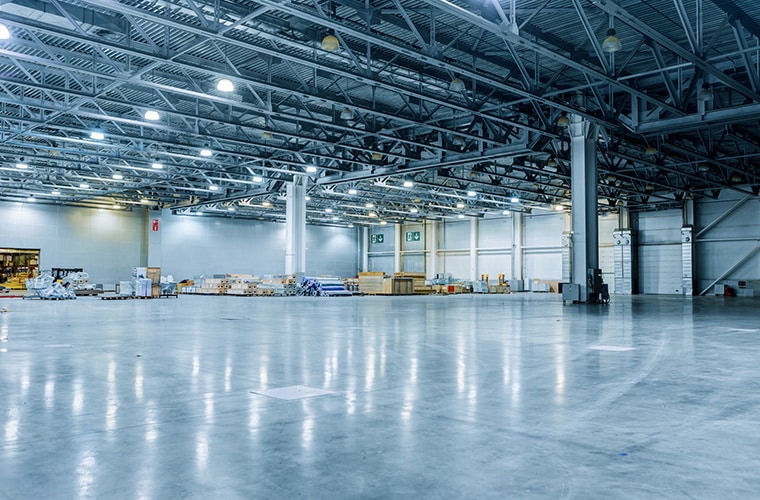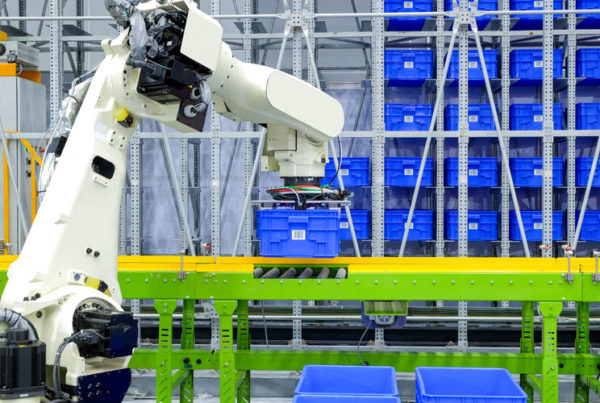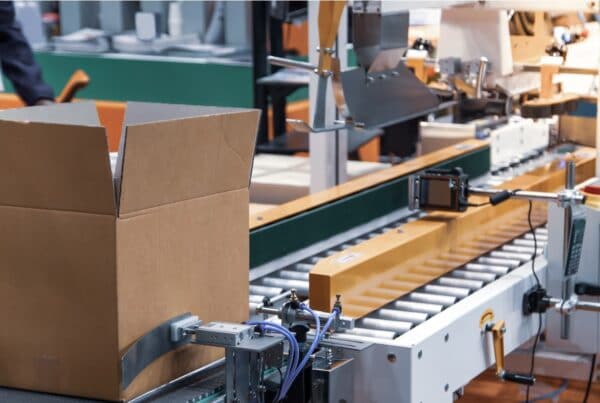The growth of ecommerce, consumer demand for fast delivery, and the recent exposure of the fragility of Just-In-Time (JIT) logistics have created demand for a supply chain that is both efficient and resilient. On-demand warehousing offers a flexible solution that enables companies to meet peaks in demand, to adjust to supply chain disruptions, and to store goods close to the end user, without committing to a years-long lease of prime real estate.
For manufacturers, on-demand warehousing offers a cost-effective means of adding flexible, scalable warehouse space to their operations. For fulfillment centers, on-demand warehousing is a way to supplement their business and maximize the return on their investments.
As suppliers and retailers work to locate their goods closer to their end-users, they’re finding themselves locked into contracts for warehousing space that exceeds their needs — in short, they’re having to rent too much space at premium prices. With on-demand warehousing, this space can be optimized for their needs while at the same time becoming its own revenue stream.
Before a successful partnership between production and warehousing can be created, many issues have to be addressed. An experienced material-handling integrator like PeakLogix can help you incorporate the right automated solutions to enable the supply chain collaboration needed for on-demand warehousing to work for you.
1. Decide how it fits your business model
Businesses that use on-demand warehousing are looking for a fulfillment partner with extra space, that places their goods close to their customers, and that can process and ship their orders accurately and quickly.
For facilities that meet these needs, on-demand warehousing can be a flexible supplement to their primary operations, a way to help justify the cost of upgrades while throughput ramps to meet an increased capacity, or a business all its own.
To make on-demand warehousing work for your facility, you’ll need to know your local markets in order to understand the kind of businesses you can expect your facility to attract. Since a major attraction of on-demand warehousing is its ability to place goods close to the end user, you’ll want to ensure that your facility can handle the kinds of goods those end users are buying.
If your facility’s capacity doesn’t align with local markets then, as your systems go through a natural process of upgrades and updates, you can work to incorporate on-demand warehousing into your workflow to help offset capital expenses.
2. Find the right partners
The cornerstone of successful on-demand warehousing is finding the right partners. Digitally native brands rely on flexible warehousing solutions to operate, and enterprise retailers use on-demand warehousing to supplement their in-house capacity to meet seasonal peaks or to reach new markets.
This broad range of potential customers creates opportunities for fulfillment centers designed for every manner of product. Digitally native brands often need a fulfillment center that can pick, process, and ship batches of small goods. Enterprise retailers may need their bulk merchandise or pallet loads handled.
The key to successful on-demand warehousing is to partner with companies whose needs match your workflow and capabilities. If you’re new to the market and unsure how to find these partners, there are platforms that operate like eHarmony for on-demand warehousing, matching fulfillment center capacities with e-retailers of the appropriate need.
At the same time, partnering with an experienced material-handling integrator can help you find the right automated solutions for your facility that both improve your own operations, and also allow for the supply chain collaboration that is needed for on-demand warehousing.
3. Have the right tools
In order to work with multiple companies, you’ll need independent software that is equipment and system agnostic. This will enable you to fulfill orders from multiple partners, to work with any new equipment they need, while also communicating the status of orders with them and their customers.
This is made possible by implementing a robust Warehouse Management System (WMS), like ScottTech PickPro®, that can integrate your customer’s sales channels with your supply chain.
For merchants, one of their greatest pain points with on-demand warehousing is the risk they take of their customers not receiving their goods. Too often, this is caused by their needs being secondary to the warehouse’s primary business. Instead of orders being prioritized by the time they come in or the time they need to be delivered, the third party’s orders are put on a back burner, and fulfilled only after the primary work is done.
In order to make on-demand warehousing part of your business model, you have to commit to fulfilling your customer’s orders. As with any business venture, not meeting your customers’ needs is a sure-fire way to lose their business.
Often, problems arise when a warehouse has the excess space, but lacks the labor or throughput capacity needed to fill their partner’s orders.
Especially in an uncertain labor market, integrating the right automation into your processes can ensure that you have the operational capacity to meet your customers’ needs.
Before you form on-demand warehousing partnerships, you’ll need a realistic idea of your maximal throughput. You may need to tweak your processes, increase your storage capacity, or improve your workflow to make this a profitable side of your business.
On-demand warehousing isn’t a foolproof solution
On-demand warehousing promises many benefits — from meeting seasonal demand for the largest retailers to achieving next day delivery for digitally native start ups.
But to make it a profitable extension of your fulfillment business, you have to develop the right partnerships and ensure that your operational capacity meets the needs of every stakeholder.
Before committing, you’ll need to ensure you can handle the types of goods your partners deal in, and that you have the necessary extra capacity.
Want to learn more about using on-demand warehousing to help make scaling your own business more affordable? Contact us to talk details and strategies.
Creating efficiencies across 515,000+ sq. ft. of repurposed warehouse space
The additional space allows the shipbuilder to consolidate and centralize its logistics processes, purchase parts and materials in bulk, and reduce handoffs and infrastructure costs with enough square footage to aid future growth and storage needs during its 12-year lease.





